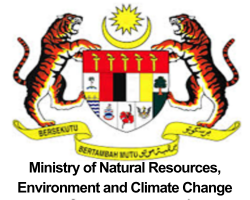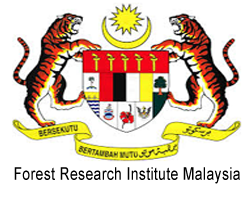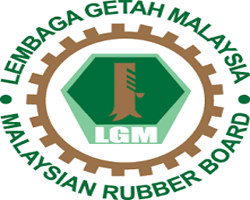Nozawa, T. (1977) A review of the radiometric ages of the Japanese granitic rocks. Bulletin of the Geological Society of Malaysia, 9. pp. 91-98. ISSN 2637-109X
Full text not available from this repository.Abstract
A review of 640 radiometric ages of Japanese granites show that the granitic rocks fall into 4 age groups-Paleozoic (430-250 m.y.), Triassic-Jurassic (240-180 m.y.), Cretaceous-Paleogene (130-40 m.y.) and Miocene (30-7 m.y.). The Paleozoic granites occur mostly as small bodies along tectonic lines such as the Kurosegawa and Nagato. The Triassic-Jurassic granites occur in the Hida geotectonic division and the Cretaceous-Paleogene granites, the largest group, occur mainly in the Honshu geotectonic division. Miocene granites are found in 4 geotectonic divisions-the Shimanto, Hidaka, Green Tuff and Northwest Kyushu. Ignoring the Paleozoic and Miocene granites of Northwest Kyushu, it appears that there is a tendency for granite ages to migrate toward the Pacific ocean. Within the Honshu granite division, however, there are also tendencies for granite ages to (a) migrate continentward and (b) parallel with the island arc axis. There is also a possibility the granite ages on both sides of the Tanakura Tectonic Line may be younging towards the Line. Within the Shimanto granite division there is also evidence for a migration of ages northwards.
| Item Type: | Article |
|---|---|
| Creators: | Nozawa, T. |
| Title: | A review of the radiometric ages of the Japanese granitic rocks |
| Date: | November 1977 |
| Location: | Geological Society of Malaysia website |
| Publication: | Geological Society of Malaysia |
| Volume: | 9 |
| Physical Description: | 8p. |
| Agency Name: | Universiti Putra Malaysia (UPM) |
| Date Deposited: | 07 May 2024 06:55 |
| Last Modified: | 07 May 2024 06:55 |
| URI: | http://myagric.upm.edu.my/id/eprint/21597 |
Actions (login required)
 |
View Item |







